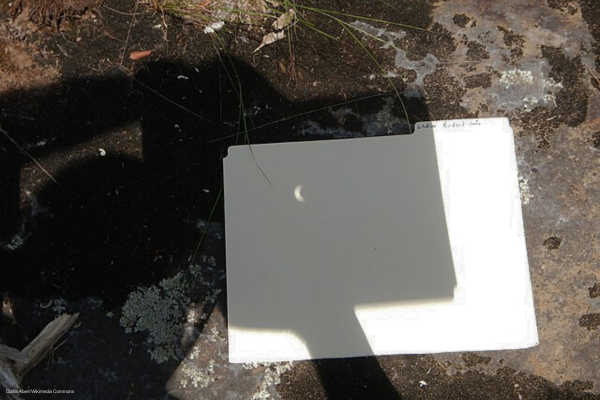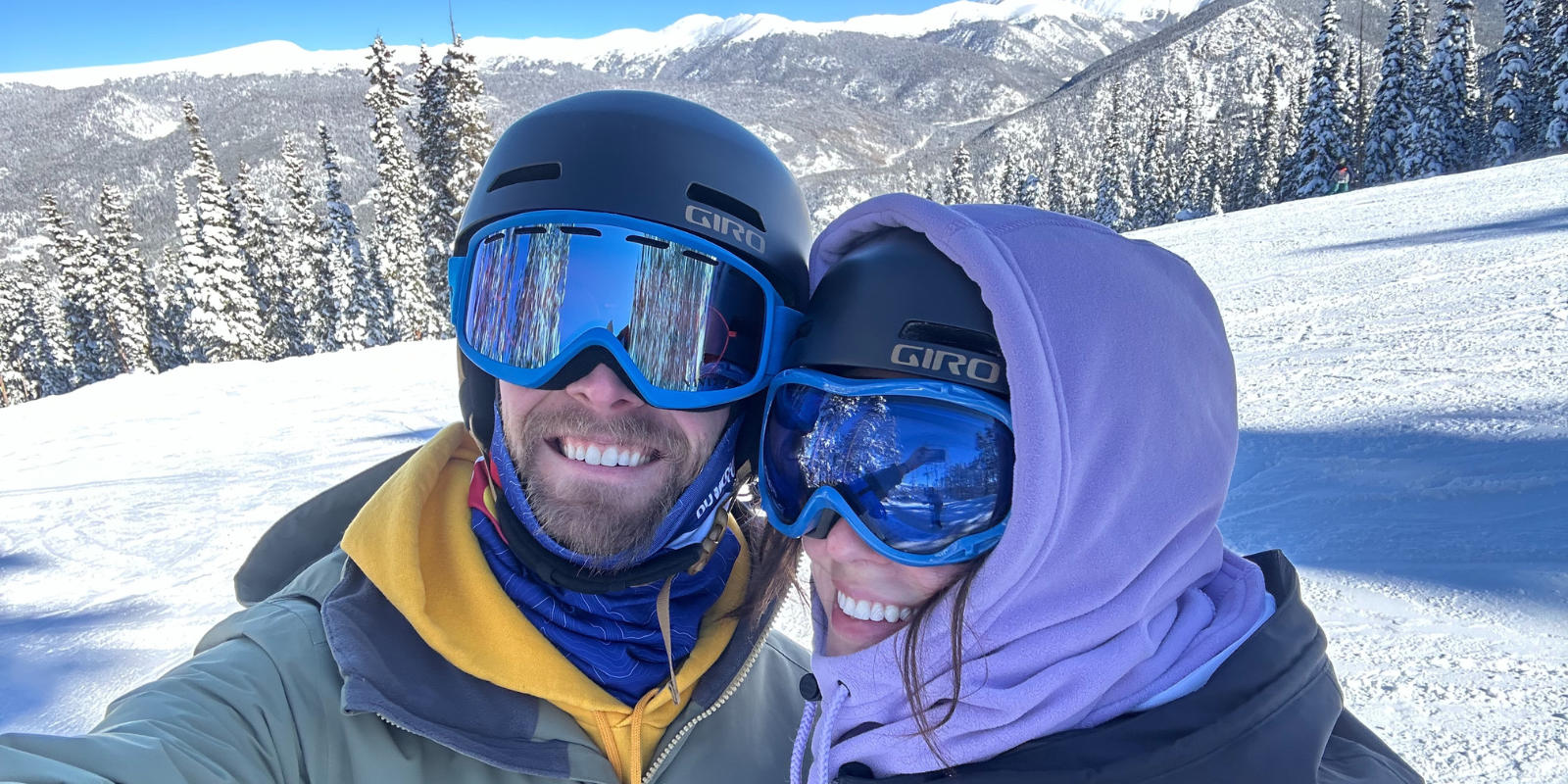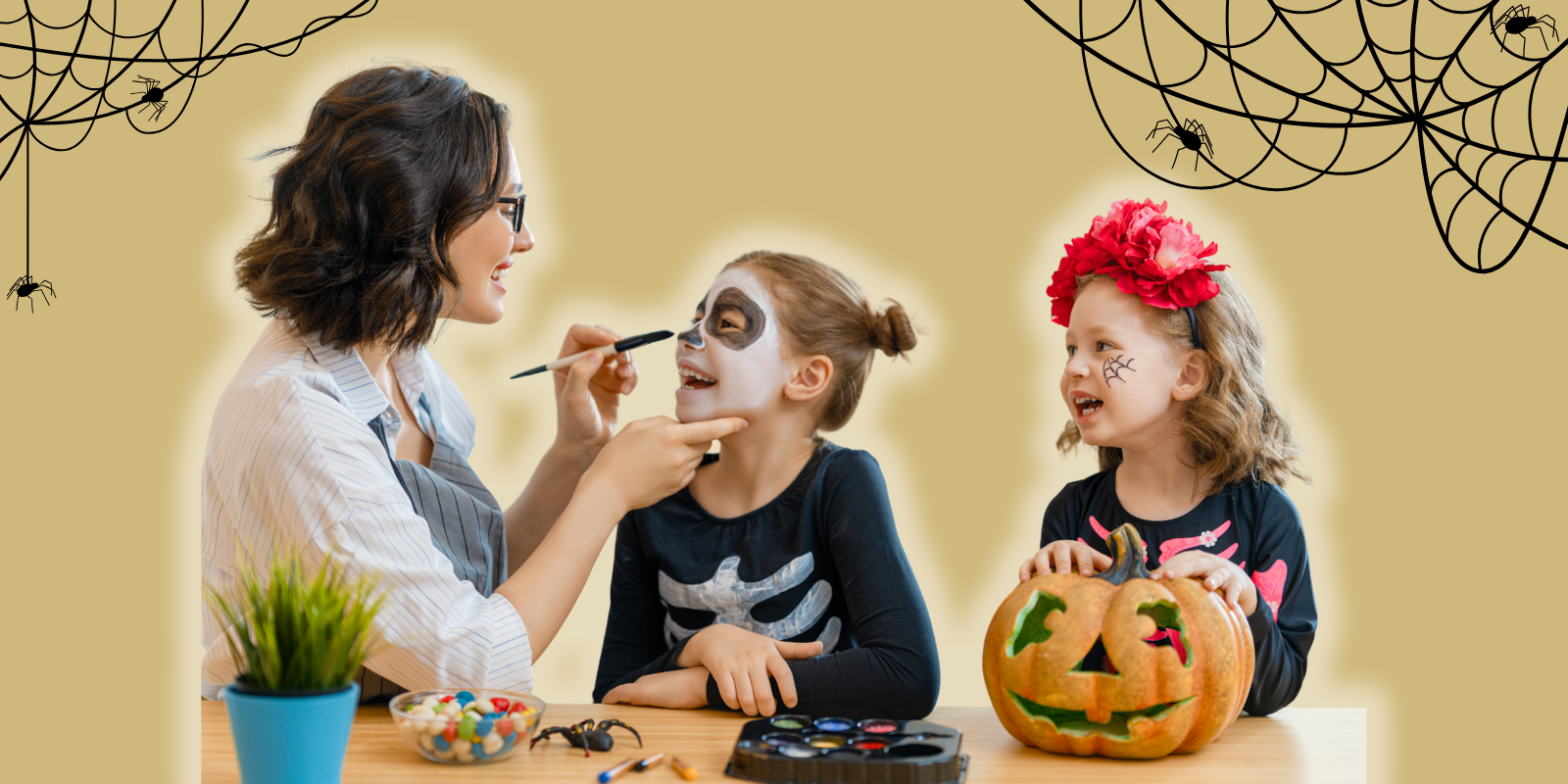During a solar eclipse, the sky turns a bit dimmer as the moon passes in front of the sun. Typically viewable by millions, a solar eclipse can be a magnificent spectacle, but the event should come with caution, experts say.
For viewers in the path of an eclipse, the sun may be up to 80% or 90% covered, but it’s still unsafe to look directly at the sun without proper eye protection. Looking directly at the sun, even during an eclipse when the sun is mostly covered, can lead to vision damage, and in some cases, blindness due to strong ultraviolet (UV) rays.
Richard Davidson, MD, professor of ophthalmology at the University of Colorado School of Medicine, says eclipse viewers should be aware of the perils of looking directly at the sun and take precautions to avoid damaging the eyes.
“Once the retina has been burned, there’s not much that we can do to fix it. The damage is permanent,” says Davidson, also co-medical director of the Rocky Mountain Lions Eye Bank and vice chair of Clinical Affairs and Quality for UCHealth Eye Centers. “It’s important to be vigilant, use the proper eye protection, and if you’re viewing the eclipse with children, talk to them about the importance of maintaining the eyewear while looking at the sun.”
Risks of looking at the sun
Damage to the eyes can happen quickly when looking at the sun. Much like a sunburn, UV rays can burn both corneal and retinal cells, with the latter causing permanent vision loss. In mild cases of sun exposure to the eyes, a person might feel general discomfort from the bright light, headache, watery eyes, or eye soreness.
In more serious cases, however, vision can be permanently damaged if solar retinopathy occurs. Trouble seeing shapes, colors, or experiencing distortion or blind spots may indicate a more severe issue.
“These burns can happen in a matter of seconds,” Davidson says. “And if your vision is damaged, it won't get better, so you could be left with part of your field of vision permanently missing.”
In a solar eclipse, retinal burns — sometimes called “eclipse blindness” — can happen even when most of the sun is covered by the moon, as some rays are still escaping the shadow.
Ways to view the eclipse
The only time it’s safe to look directly at a solar eclipse is during totality, when the moon entirely blocks the sun’s surface. This only happens within a narrow path of the eclipse, NASA experts say.
If you’re viewing a partially eclipsed sun, scientists and physicians recommend using special purpose filters, like eclipse glasses or filters for cameras, telescopes, and binoculars. The American Astronomical Society (AAS) has a list of manufacturers authorized to sell such glasses.
Sunglasses, camera lenses, and binoculars on their own won’t provide enough protection between the rays and the eyes.
“You can still burn your eye looking through these mechanisms without a solar filter,” Davidson says of viewing the eclipse through various lenses. “It can actually concentrate the sun beam even more the way the optics of the telescope or camera work.”
Fortunately, there are ways to experience the solar eclipse that don’t require sun filters or specialty glasses. A pinhole projection, for example, is a good alternative to viewing the event and doesn’t involve looking at the sun. Instead, it utilizes the shadow and a hole in a piece of paper or other material.

If you don't have access to protective eyewear to view a solar eclipse, a pinhole project can replicate the image through a hole and shadow mechanism. Photo via Curtis Abert/Wikimedia Commons.
“A pinhole camera works because the small hole you made with your pin, paper clip, or pencil acts like a tiny camera lens,” NASA explains. “Light from the sun enters the pinhole (or the holes in an object like a colander), it gets focused, and then it is projected out of the other side of the hole. When the projected light reaches a surface, like the second piece of paper, you can see the image that passed through the pinhole.”
Davidson encourages all viewers of the eclipse, whether it’s through glasses or with a homemade pinhole projection, to do so safely.
“Watch your kids and make sure you keep the glasses devices on or have the sun to your back when you’re looking through a pinhole,” he says. “The main thing is to use the proper protection.”


.png)

